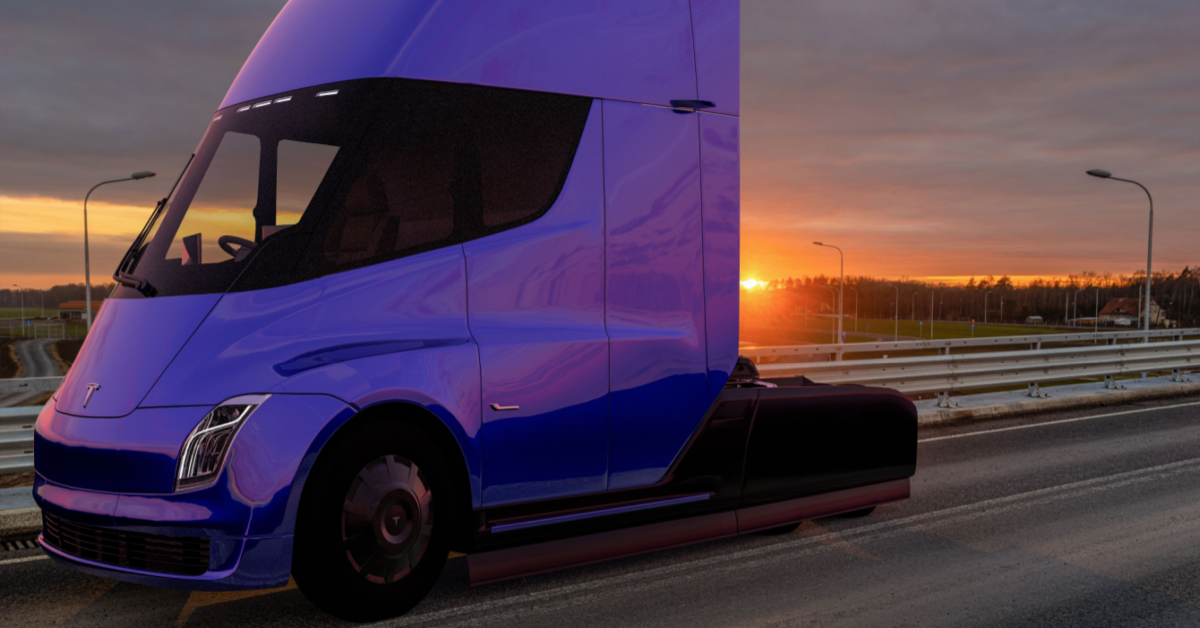
Nikola founder Trevor Milton was recently convicted of securities fraud for making misleading statements about the zero-emission truck company. After taking the company from his basement to more than $3.3 billion in value, it seems almost counterintuitive that he now faces up to 20 years in prison. That’s largely because the battery-electric and hydrogen-cell truck manufacturer has been making splashy headlines for delivering on its promises and seizing a ripe market.
Under the current leadership of Michael Lohscheller, Nikola has been steadily delivering its Class 8 Nikola Tre BEVs to California buyers. While many outfits are ordering electric rigs to meet fast-approaching emissions standards, a broader freight-hauling landscape powered by hydrogen appears to be coming to fruition. So-called hydrogen corridors are in the works across the Southwest and the Port of Los Angeles is incorporating infrastructure to participate.
Nikola is again taking proactive measures to position itself as a leader. Lohscheller recently announced the organization’s intention to build 60 hydrogen stations by 2026. The move would be heavily incentivized by money made available from the Inflation Reduction Act (IRA) spending package.
“The energy and climate investments included in the IRA are anticipated to help accelerate our strategic initiatives and drive new growth opportunities,” Lohscheller reportedly said. “Given the expected scale of our hydrogen business model, and our early mover advantage, we believe Nikola is ideally positioned to benefit from nearly every aspect of the legislation at a scale ahead of current industry participants.”
Headquartered in Phoenix, Nikola recently bought 900 acres in Buckeye, AZ, the site of its future hydrogen production facility. The Buckeye plant is expected to produce 30 metric tons of usable hydrogen daily and would eventually ramp up to 50 tons. The operation also has irons in the fire to create three such facilities in California, where it can take full advantage of zero-emissions tax incentives. To pull off producing more than 300 tons of low-cost hydrogen, Nikola is banking on the following government-driven perks.
- The Clean Hydrogen Production Tax Credit (45V) provides up to $3.00 per kilogram of hydrogen produced. The tax credit is a direct pay source of revenue for the first five years of a facility’s production.
- The Carbon Sequestration Credit (45Q) has been extended and expanded and provides up to $85 per metric ton of carbon, which equals up to $1.00 per kilogram, that is captured and sequestered. This benefit adds a financial incentive to Nikola’s planned hydrogen supply projects that will use advanced technologies, such as those being implemented by Wabash Valley Resources, to capture carbon.
- The extension of existing energy Investment Tax Credits (48) promotes the development of renewable electricity projects that provide zero-carbon electricity used in the production of hydrogen via electrolysis.
- The addition of a technology-neutral energy Investment Tax Credit (48D) will benefit various critical parts of the hydrogen manufacturing process, including hydrogen storage, by up to 30 percent of the eligible investment.
Nikola also reportedly purchased a 20-percent share of Indiana’s Wabash Valley Resources, designed to push out more than 250 metric tons of hydrogen daily. It seems ironic the Nikola founder faces sentencing for overstating the operation. In terms of zero-emission trucks, Nikola continues to outpace the likes of Tesla and others.
Sources: prnewswire.com, marketwatch.com, bizjournals.com, freightwaves.com











Leave a Comment